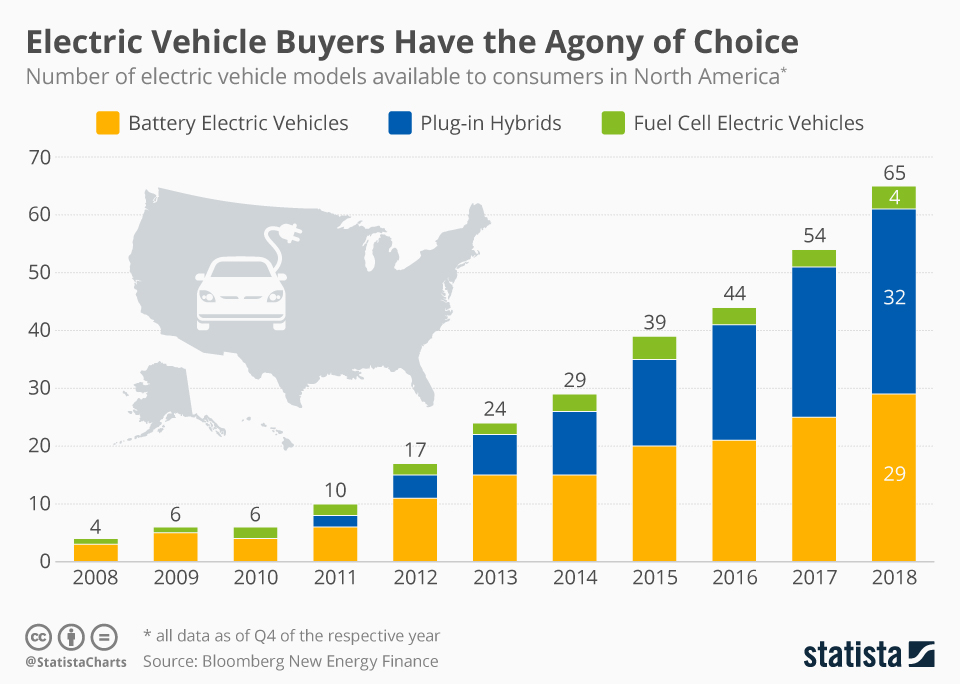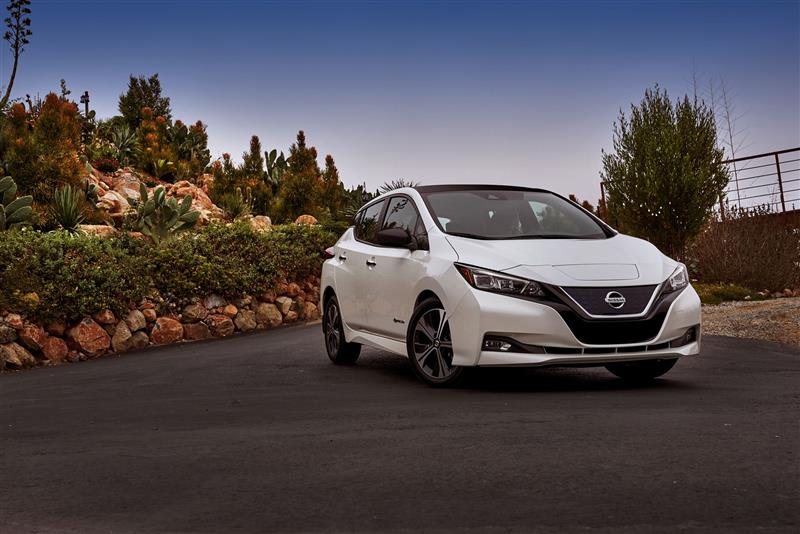The Project Yellow Light scholarship competition is a contest that encourages students to create a TV, radio or billboard PSA (Public Service Advertisement) that educates their peers about the dangers of using mobile devices while driving a vehicle. Winners of this 7th year event were announced on
The 2018 contest received more than 1,600 submissions from 49 states and Washington, DC. Winners were selected from two age categories: high school juniors and seniors, and college students.
Project Yellow Light was established in 2007 by Julie Garner, who works at The Martin Agency, and her family in memory of her teenage son, Hunter, who was killed in a car crash.
Grand prize scholarships of $5,000 were awarded to high school student Lia Senser (Louisville, NE) and college student Victoria Williams (Bristol, VA) and producing partner Sarah Ropple for their video submissions. The second-place scholarships of $2,000 were awarded to high school student Noah Anderson (Phoenix, AZ) and college student Katie Wilkerson (Savannah, GA) and producing partner Parker Parillo. The third-place video scholarships of $1,000 were awarded to high school student Andie Rugg (Longmont, CO) and college student Addison Reyes-Toney (Atlanta, GA).
“We’re so proud of this year’s winners and all Project Yellow Light participants. The work they do to encourage their peers not to text and drive is so important – we are incredibly thankful for them raising their voices in this important conversation,” ~ Julie Garner, Project Yellow Light
Check out the unique & interactive Multichannel News Release here:




